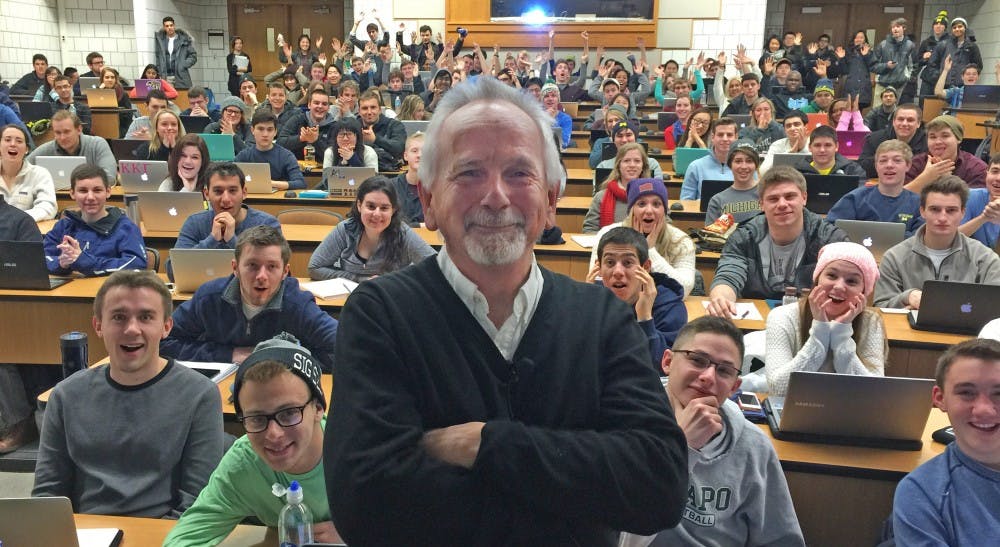Science, technology, engineering and math classes are mostly taught using lectures, according to a new study. However, studies have shown lectures are less effective than other methods of teaching, so UNC and other universities are rethinking how to teach STEM classes in order to better engage students.
Marilyne Stains, one of the authors of the study published by the American Association for the Advancement of Science, said the motivation for performing the study was the lack of understanding of what is going on in STEM classrooms around the country.
“It was really to try to understand what’s happening out there,” Stains said. “We know there is a movement toward transforming STEM teaching, but is it really happening?”
Stains said most studies on this topic focus on one instructional practice or one institution, and there are very few studies that give a sense of what is happening nationwide.
To perform the study, Stains and her colleagues observed over 2,000 STEM classes and over 500 STEM faculty. They identified 12 common teaching behaviors that occurred in STEM classrooms, and they recorded which of those behaviors was being displayed at two minute intervals throughout the class. Based on their observations, they identified three broad instructional styles: didactic, interactive and student-centered.
“We found that the didactic style was dominant,” Stains said. “It doesn't matter if you’re in a small classroom, a large classroom, if you’re in an amphitheater style classroom or a room with moveable desks, lecture is still going to dominate. And it dominates across the undergraduate curriculum.”
Mariah Meador, a UNC sophomore majoring in chemistry, said she has taken four STEM classes at UNC so far, and all of them have been lecture style classes.
“I didn’t really enjoy active learning, but I do enjoy the peer interaction,” Meador said. “Sometimes I’m intimidated to ask the professor for help or to clarify any questions in a lecture setting, but with active learning it alleviates some of that tension.”
Bob Duronio, a professor of biology at UNC, said he team-teaches two classes with another professor, Mark Peifer. Duronio said they combine traditional lectures, discussions of scientific papers and individually researched projects in those classes.




